Cams or no-cams? Choosing the right sail
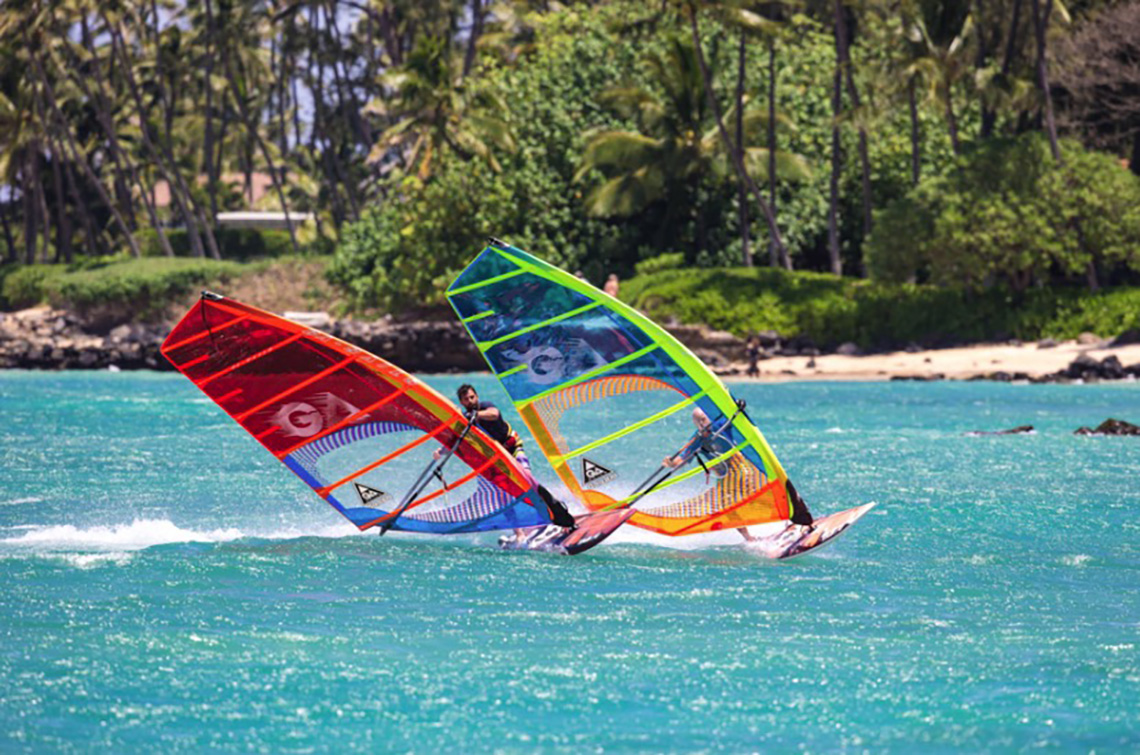
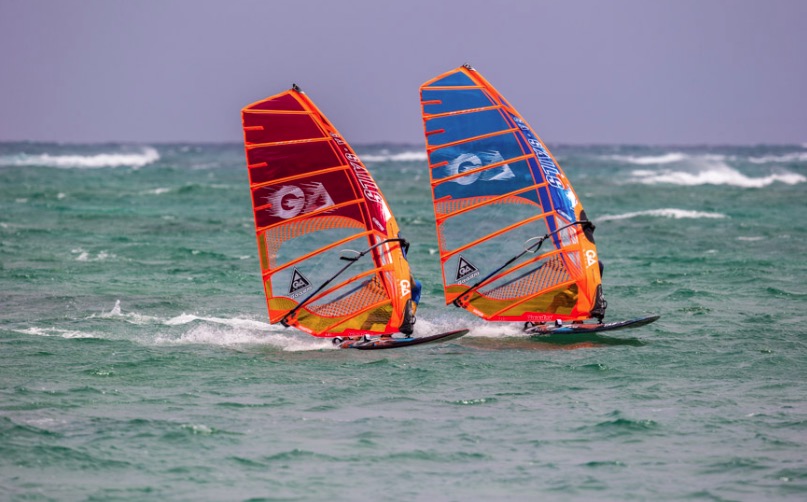
But in reality more flexible, softer and more breathable nocam-sails with not too much loose leech generate more power in marginal and medium wind conditions (in similar size). Freestyle sails are good example.

Another argument often repeated in favor of the cam sails is their higher stability. And it’s absolutely true. Stiffening role of cams significantly improves stability of the whole rig, even in some stronger and gusty wind. But you have to remember that modern no-cam sails are hugely improved than they were, lets say, 10 years ago, when in fact you could talk about large gap in terms of stability. A good modern no-cam sail certainly will not disappoint most of the recreational windsurfers.
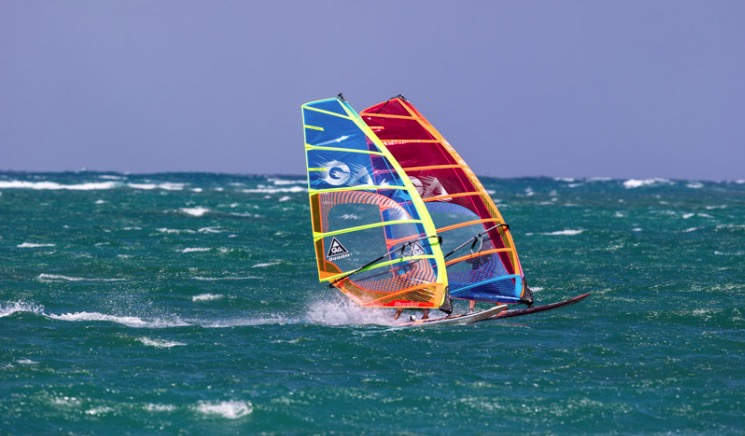
Cambers give speed. Thats another popular belief. Well… cambers themselves do not translate into any increase in speed. They simply allow for better rig control in stronger winds, making it more stable and keeping the sail’s center of effort in one place. But there is one well known rule: the better the control the better the speed. However, when you just blasting with your friends on sunny lake during a weekend in 15 knots of wind, and for sure you are not fighting with any aspect of extreme conditions, recreational no cam sails can give you very similar or even better performances. Especially in recreational hands. Advantages of no-cam sails One of the strongest arguments against the cambered sails is their more difficult rigging. It is hard to disagree, because they in fact require longer and more careful procedure. But this is not as terrible as it seems, simply requires taking of a proper practice. If your patience ends up on inserting the mast, fastening a boom and pulling two lines, the cambered sails are not for you.

Usually no-cam sails are praised for their lightness and for a good reason. Sails without cambers are clearly lighter and more pleasant in hands. Another often mentioned advantage of no-cam sails is their maneuverability. Yes, maneuver oriented sails such us wave, freestyle or freeride models can rotate much faster and easier than cambered ones. Things can get more complicated when you take a more slalom oriented no-cam sail. Sometimes a good recreational cambered sail (especially with roller cams on RDM mast) can rotate better and faster!
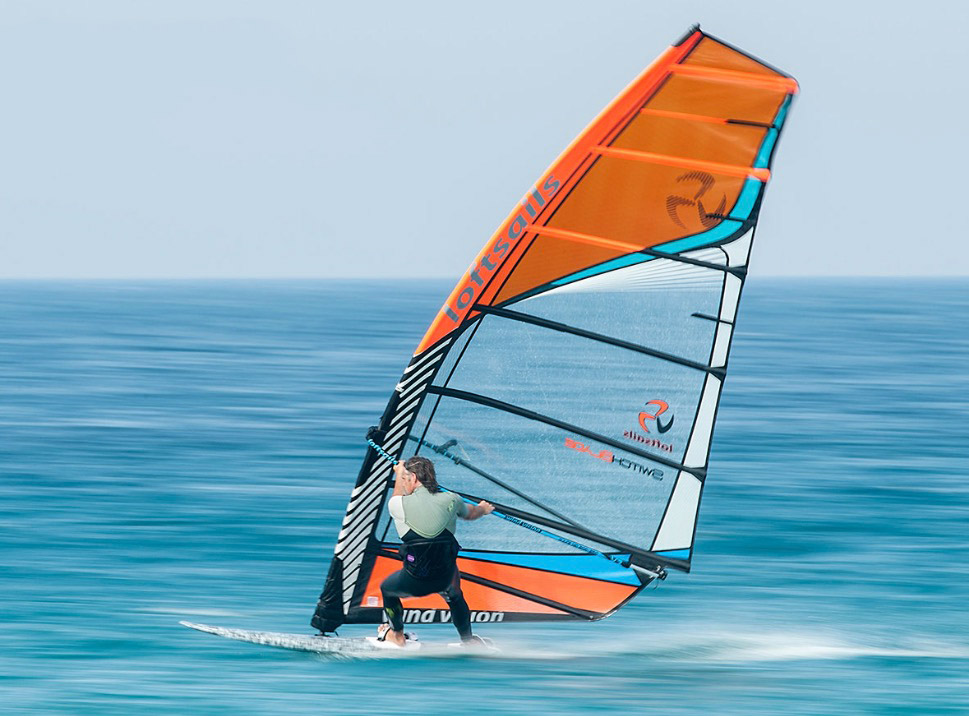
In conclusion - there is no clear answer which sail you should choose. It all depends on your type of sailing, preferences and what you want to achieve in your windsurfing career. But let's try to group several types of sails and assign them the best matching types of windsurfers: Racing sails race/slalom
- Best for: professional windsurfers, experienced windsurfers competing in regatta
- Pros: performance, especially in the upper range of the wind, the highest stability
- Cons: weight, harder rigging, larger sizes are required in marginal conditions, works really well only with the most expensive masts, construction often with no reinforcements, low maneuverability and difficult to waterstart
- Best for: recreational windsurfers fond of speed or taking part in amateur races
- Pros: performance similar to the race sails, easier to reach higher speeds, very good stability in overpowered conditions, better power than race sails in marginal conditions at the same size, work with cheaper masts
- Cons: moderately difficult rigging, slightly higher weight, difficult water starts (but easier then race sails)
- Best for: recreational and experienced windsurfers who prefer more maneuvering fun (wave, freestyle, bump & jump, freeride)
- Pros: The most pleasant sails in typical wind conditions, light weight, ease of rigging, good draft in the lower range, often reinforced construction, they cooperate with cheaper masts, the best maneuverability and very easy to water start.
- Cons: easier to overpower in strong winds, not as stable as cambered sails

JP-Australia’s 2025 Innovations – Collection Overview!
JP-Australia, a leader in the windsurfing industry, has just revealed its 2025 collection, bringing new technology, updated shapes, and innovative boards to elevate the water sports experience. From the groundbreaking S-TEC construction to enhanced designs of classic models and specially crafted boards for kids, the brand continues to focus on quality and excellence in every detail. Read on for a closer look!
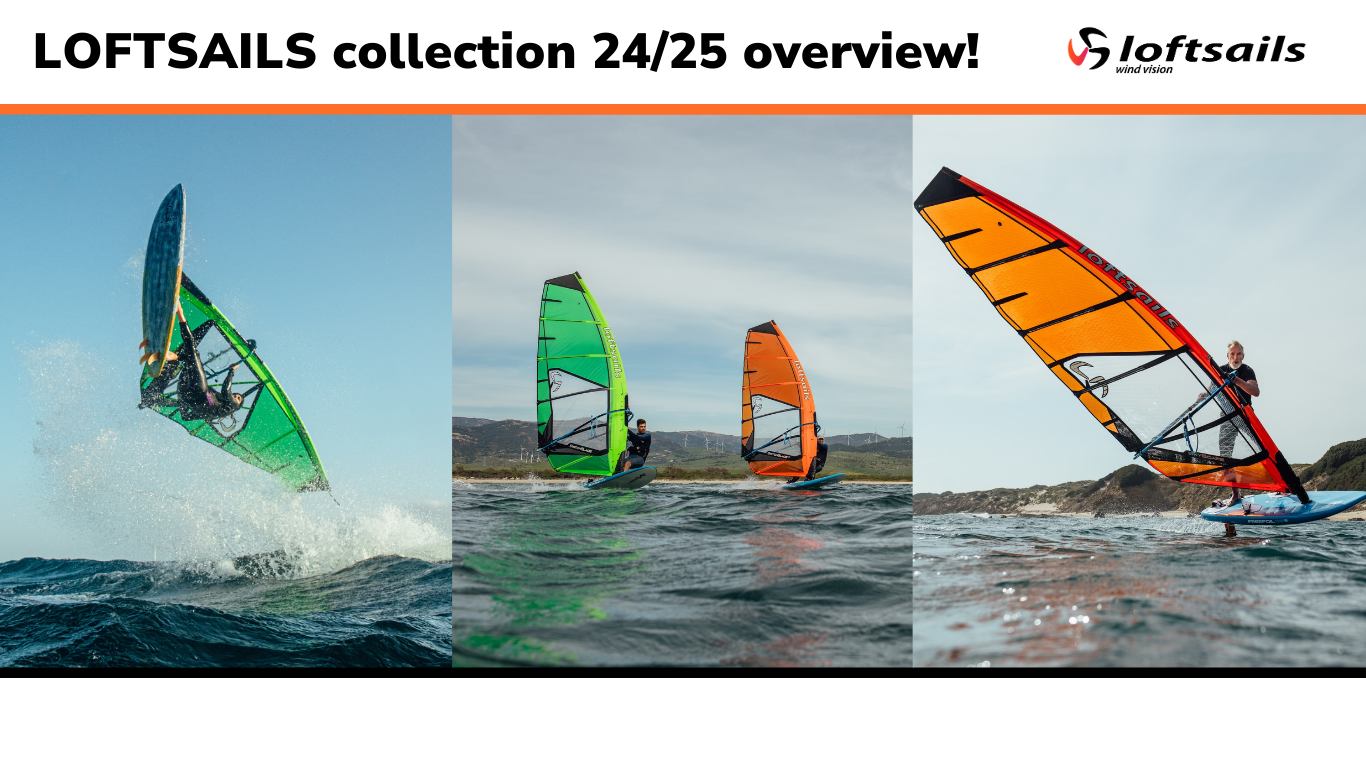
Loftsails 24/25 collection
We are thrilled to present the latest 24/25 Loftsails collection, now available for pre-order! This exciting line results from innovative technologies and years of experience that Loftsails has gathered in the world of windsurfing. Get to know the description of each model.
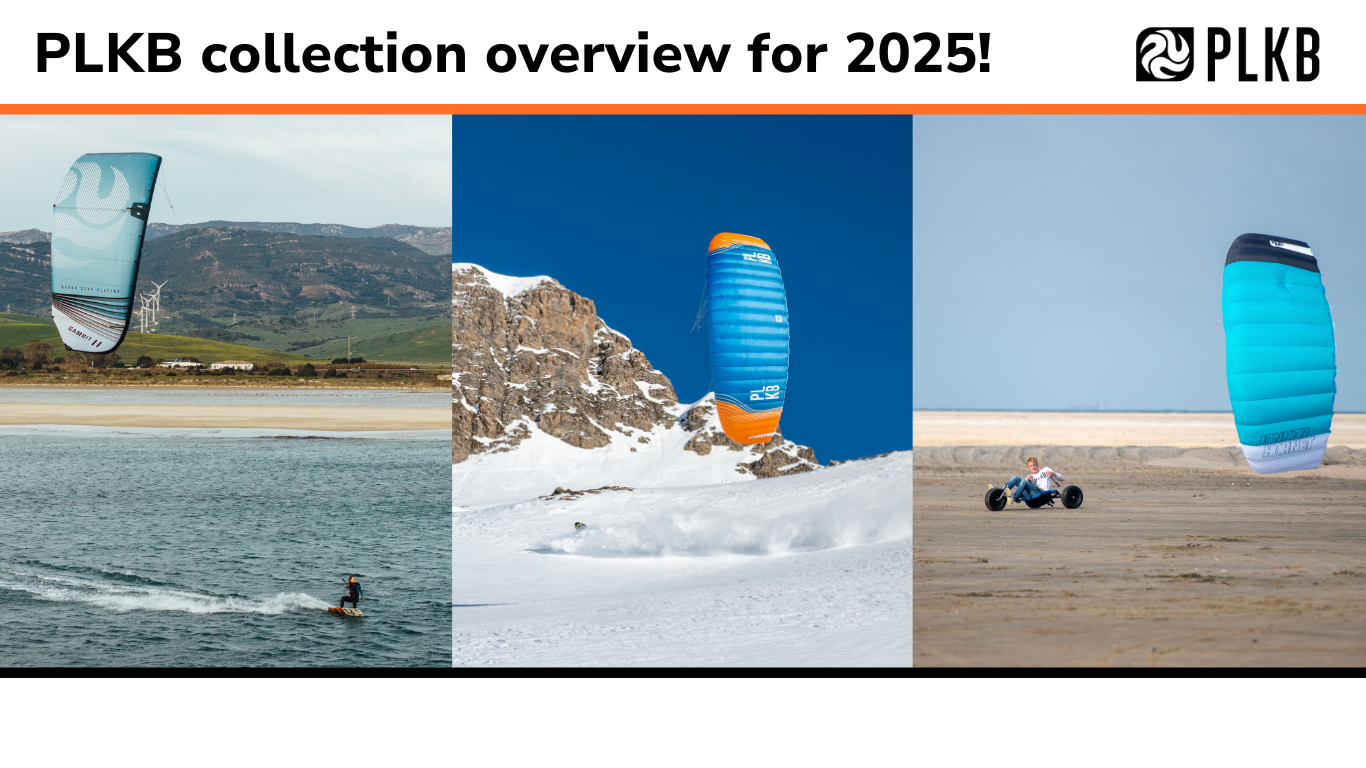
PLKB 2025 Collection – Kites and Gear for Kitesurfing, Snowkiting, and Landkiting!
Since we have launched preorders for 2025, and we are excited to present the entire collection from PLKB (Peter Lynn Kiteboarding). For years, this brand has been offering high-quality gear for kite, snow, and land kiting, allowing every kite sport enthusiast to find something suited to their needs, regardless of the terrain or season. PLKB’s extensive experience in creating kites that exceed expectations sets them apart, making every session enjoyable and thrilling. PLKB has taken on the challenge of outperforming major brands, overcoming all obstacles along the way.
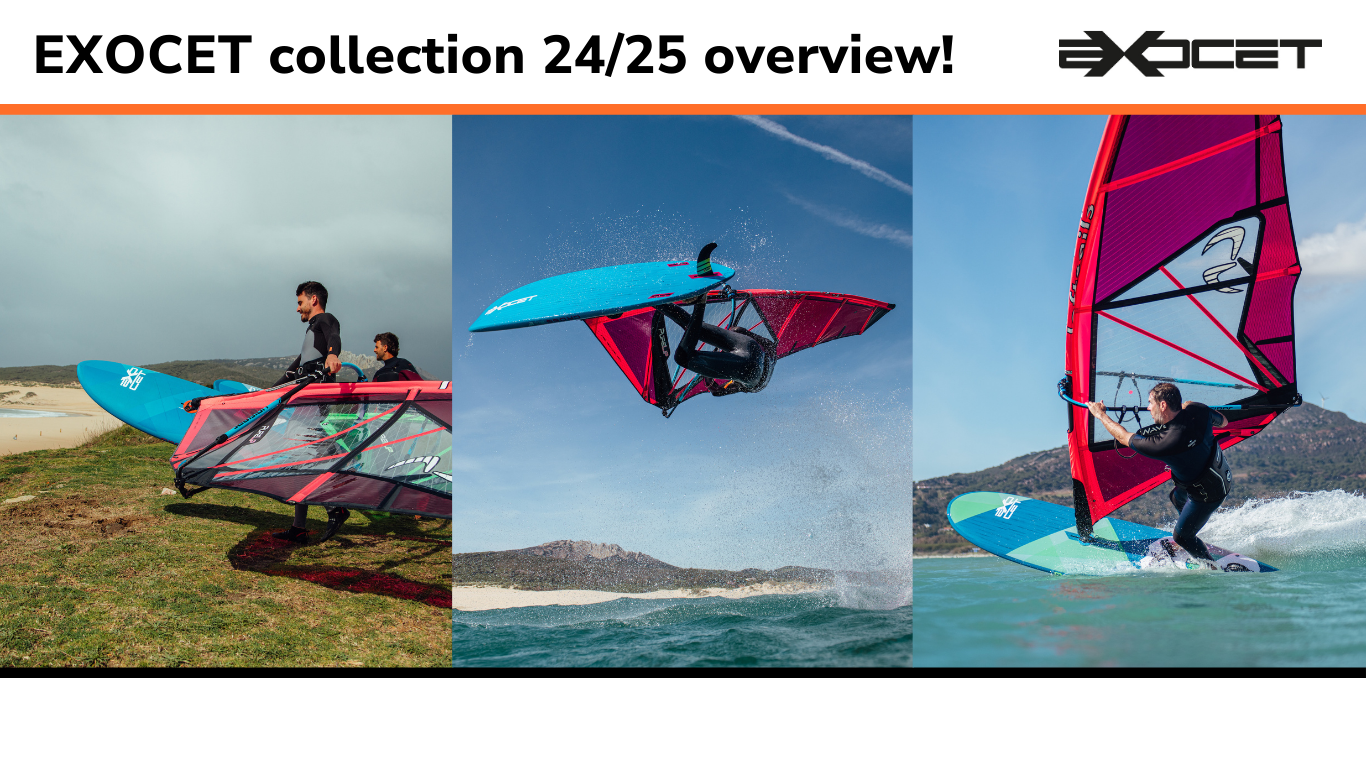
Exocet boards collection review for 2024/2025. Available for pre-order!
Meet EXOCET's collection of windsurfing boards for the 2024/ 2025 season, which is now available in pre-order! In the range of this french brand you will find constructions for classic windsurfing on the fin, as well as for foil. In this article we will acquaint you with the individual models to help you choose the right equipment for yourself ;) Don't hesitate to sign up for a preorder and get the latest model at a favorable price!
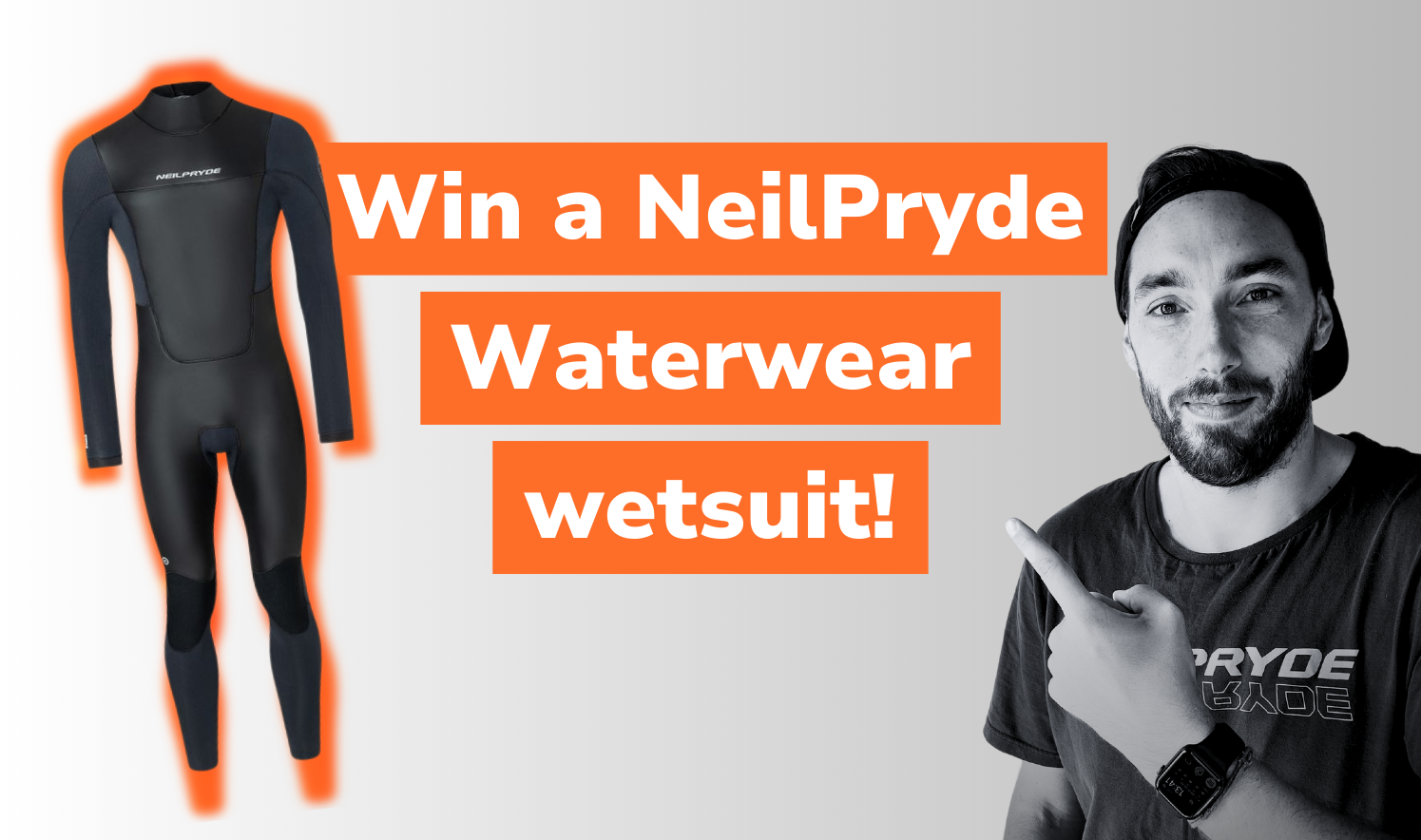
Win a NeilPryde Waterwear wetsuit!
Together with NeilPryde Waterwear, we're announcing a contest where you can win any wetsuit from the NeilPryde's range. Check the details below:

King of the Bay report!
What a weekend it was!!! 🤩 Rewa welcomed us royally! For four days, we enjoyed beautiful sunshine and conditions that allowed us to not only hold the planned races but also to carry out all other activities. The turnout exceeded our wildest expectations. Over 240 competitors registered for the event, and in addition to the participants, crowds of water sports fans flocked to Rewa. Everyone came with one goal: to spread passion and love for windsurfing, kitesurfing, wing foiling, SUP, and pump foiling! I'm still not fully recovered from this magical water sports festival, but the boost of positive energy and motivation we received, both myself and our entire EASY-surfshop team... It's simply indescribable! So much happened during these four days, and the event itself could be divided into two parts: racing and festival-market, which I'd like to briefly present to you.

What kind of wetsuit to choose? - learn tips to help you choose the right wetsuit
Are you planning to embark on a windsurfing, kit or foil adventure? If so, the first thing you will need is definitely a neoprene wetsuit, it will be an integral part of your equipment. The variety of wetsuits on the market can be overwhelming, so we'll give you a brief overview of the key elements when choosing the right one, but let's start with what exactly are they?
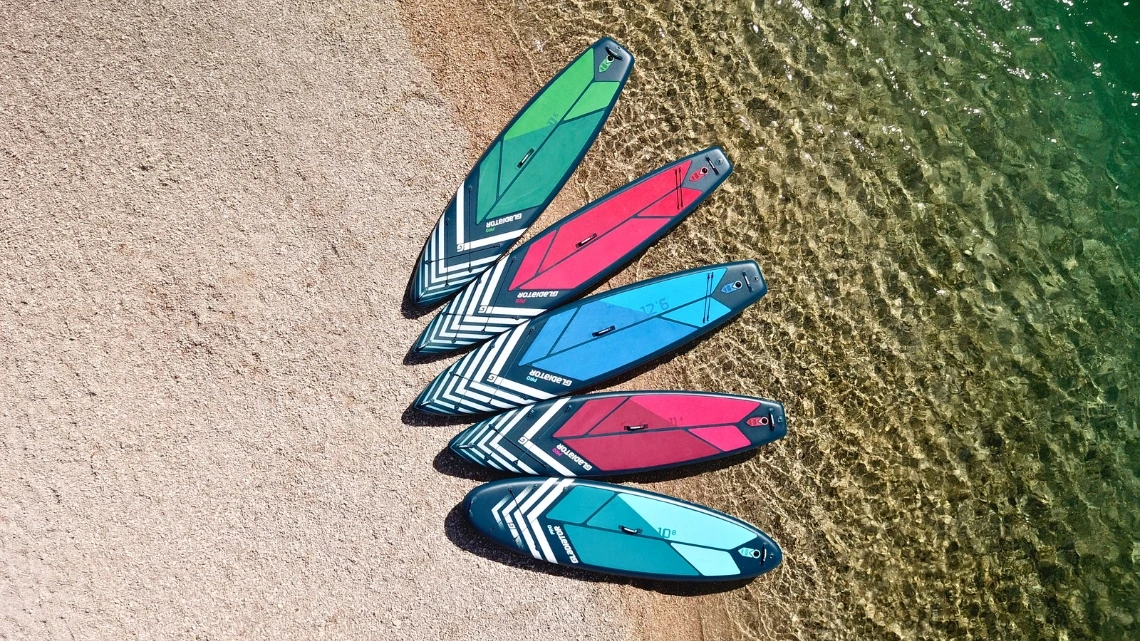
Gladiator SUP board collection review for 2024
SUP is an increasingly popular water sport that combines elements of recreation, training and adventure. If you're passionate about water activities, you've certainly heard of the Gladiator brand. Take a virtual tour of their SUP board collection for 2024!













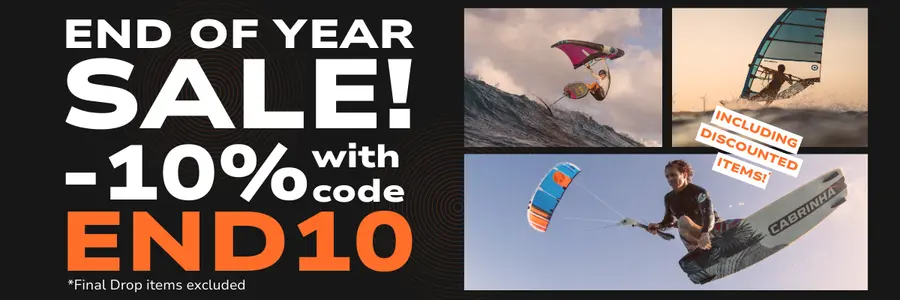



 Facebook
Facebook Instagram
Instagram YouTube
YouTube